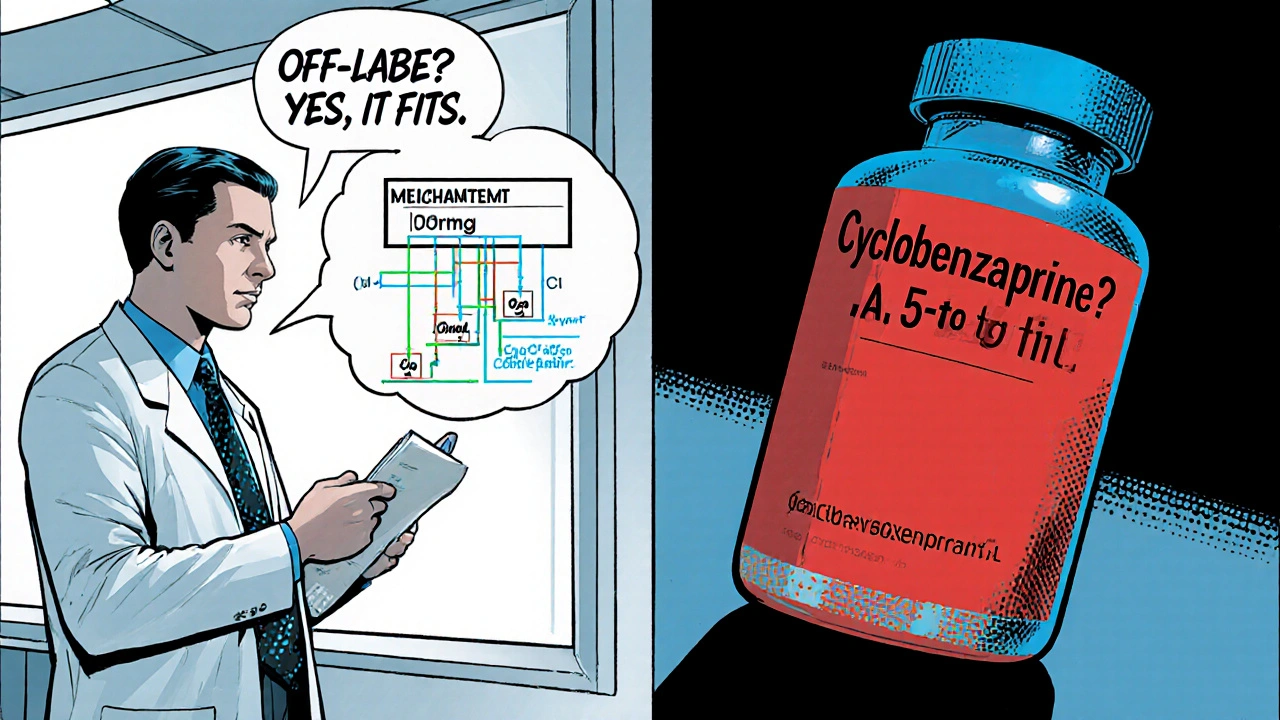Off-Label Uses: What They Are and Why They Matter
When talking about off‑label uses, prescribing a medication for an indication, age group, dosage, or route that isn’t listed in the official labeling. Also called unapproved indications, this practice bridges gaps between approved research and everyday patient needs. Drug repurposing, finding new therapeutic roles for existing drugs often fuels off‑label use, while clinical guidelines, expert‑crafted recommendations for treatment pathways help clinicians decide when to go beyond the label. Together they create a dynamic landscape where safety, evidence, and patient outcomes intersect.
Off‑label uses encompass drug repurposing, meaning a medication originally approved for one condition can be deployed for another if data show benefit. This repurposing requires rigorous assessment—physicians weigh real‑world evidence, pharmacology, and patient history. The FDA’s role influences the practice: while it doesn’t forbid off‑label prescribing, it regulates promotion and monitors post‑market safety through pharmacovigilance, the systematic collection of adverse event reports. When a repurposed drug shows unexpected side effects, pharmacovigilance alerts can prompt updates to clinical guidelines, creating a feedback loop that refines both practice and policy.
Practical Takeaways for Clinicians and Patients
Understanding off‑label uses starts with three core ideas: the evidence base, the regulatory context, and the safety net. First, evidence can come from small trials, case series, or real‑world data—nothing replaces solid research, but clinicians often act on the best available info. Second, FDA regulations set the boundaries for manufacturers but give doctors latitude to prescribe as they see fit, as long as they document rationale. Third, pharmacovigilance ensures any new risks are caught early, feeding back into updated clinical guidelines. This trio—evidence, regulation, safety—helps keep off‑label prescribing both innovative and responsible.
Below you’ll find a curated selection of articles that break down specific off‑label scenarios, compare drugs that are frequently repurposed, and explain how to navigate guidelines and safety monitoring. Whether you’re a prescriber looking for practical guidance or a patient curious about why your doctor might suggest a use not on the label, the posts that follow will give you clear, actionable insights.
Off-Label Uses of Cyclobenzaprine HCL: Benefits, Risks, and Evidence
Explore the most common off‑label uses of Cyclobenzaprine HCL, including dosing, evidence, safety, and how to discuss options with your doctor.
